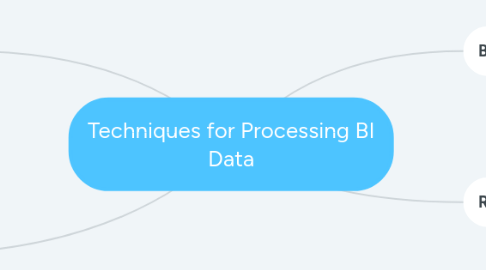
1. Data Mining
1.1. Data mining is the application of statistical techniques to find patterns and relationships among data for classification and prediction. Data mining techniques originally came from the combined discipline of statistics, mathematics, artificial intelligence, and machine learning.
1.1.1. Data mining falls into two broad categories - unsupervised and supervised.
1.1.1.1. Unsupervised data mining is where analysts apply the data mining technique to the data and observe the results.
1.1.1.1.1. Common unsupervised data minng technique is cluster analysis - statistical techniques identify groups of entities that have simlar characteristics
1.1.1.2. Supervised data mining is where data miners develop a model prior to the analysis and apply statistical techniques to data to estimate parameters of the mode.
1.1.2. Examples of what businesses use data mining for is to include performing market analysis to identify new product bundles, finding the root cause of manufacturing problems, to prevent customer attrition (prevent customers leaving) and acquire new customers, cross-selling to existing customers, and profiling customers with more accuracy.
2. OLAP (On-line Analytical Processing
2.1. A dynamic type of reporting system that provides the ability to sum, count, average, and perform other simple arithmetic operations on groups of data.
2.1.1. It is dynamic because users can change the format of the reports while viewing them.
2.1.1.1. Think of BI as a 2D spreadsheet and OLAP as a 3D cube
3. Big Data
3.1. (Also spelled Big Data) is a term used to describe data collections that are characterised by huge volume, rapid velocity, and great variety. Big data has high velocity meaning that it is generating rapidly.
3.1.1. Example: all the google searches in Australia for one day is extremely large. This is considered bigdata.
3.1.1.1. Techniques to Process Big Data
3.1.1.1.1. MapReduce is a technique for harnessing the power of thousands of computers working in parallel.
4. Reporting Analysis
4.1. Sorting, grouping, summing, filtering, and formatting structured data
4.1.1. Structured data is data in the form of rows and columns (tables in a relational database or spreadsheet data)
